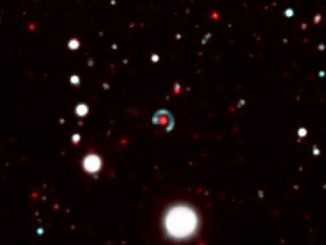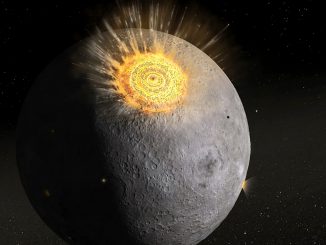
A new ‘Einstein ring’ is discovered
This unusual phenomenon, predicted by Einstein’s theory of General Relativity, was discovered by chance by doctoral student Margherita Bettinelli at the Instituto de Astrofísica de Canarias while analysing images of the Sculptor dwarf galaxy. The “Canarias Einstein ring” is one of the most symmetrical discovered until now and is almost circular.




